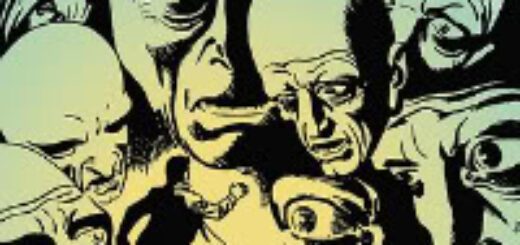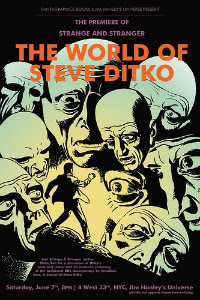We Will Think For You, by Mike Gold
 Here’s what I don’t like about politicians.
Here’s what I don’t like about politicians.
Well, actually, even Bill Gates doesn’t have the bandwidth to list all the things I don’t like about politicians – although I’m sure listing it all would generate some great comments. But here’s what’s at the top of my list.
Politicians who are partisan by definition feel completely comfortable speaking on behalf of the entire American public. Not just those of their political persuasion – which would be presumptuous – but everybody. Which is anti-democratic and pro-demagoguery.
Case in point: The Obama campaign felt compelled to issue a statement regarding cartoonist Barry Blitt’s cover to last week’s New Yorker magazine. The artwork speaks for itself, and is represented herewith. Entitled “The Politics of Fear,” the piece is supposed to be a satire of, well, the politics of fear as applied against the Obama campaign.
But the Obama campaign believes we’re too stupid to get it and feels compelled to pass moral judgment on behalf of us dolts. Their spokesman Bill Burton said “The New Yorker may think, as one of their staff explained to us, that their cover is a satirical lampoon of the caricature Sen. Obama’s right-wing critics have tried to create. But most readers will see it as tasteless and offensive. And we agree.”
Never on to miss an opportunity to stick their right-wing noses in the air, McCain spokesman Tucker Bounds rose to the challenge with “We completely agree with the Obama campaign. It’s tasteless and offensive.”



 As a history of Steve Ditko’s career as a comics artist,
As a history of Steve Ditko’s career as a comics artist,  If you’re interested in comics creators, it’s been a good couple months for biographies. First, we had Mark
If you’re interested in comics creators, it’s been a good couple months for biographies. First, we had Mark  Last week, ComicMix
Last week, ComicMix I did a
I did a  I always thought Thomas Wolfe was full of shit. Of course you can go home again. Heck, with the Internets you can bring home with you wherever you go.
I always thought Thomas Wolfe was full of shit. Of course you can go home again. Heck, with the Internets you can bring home with you wherever you go.








